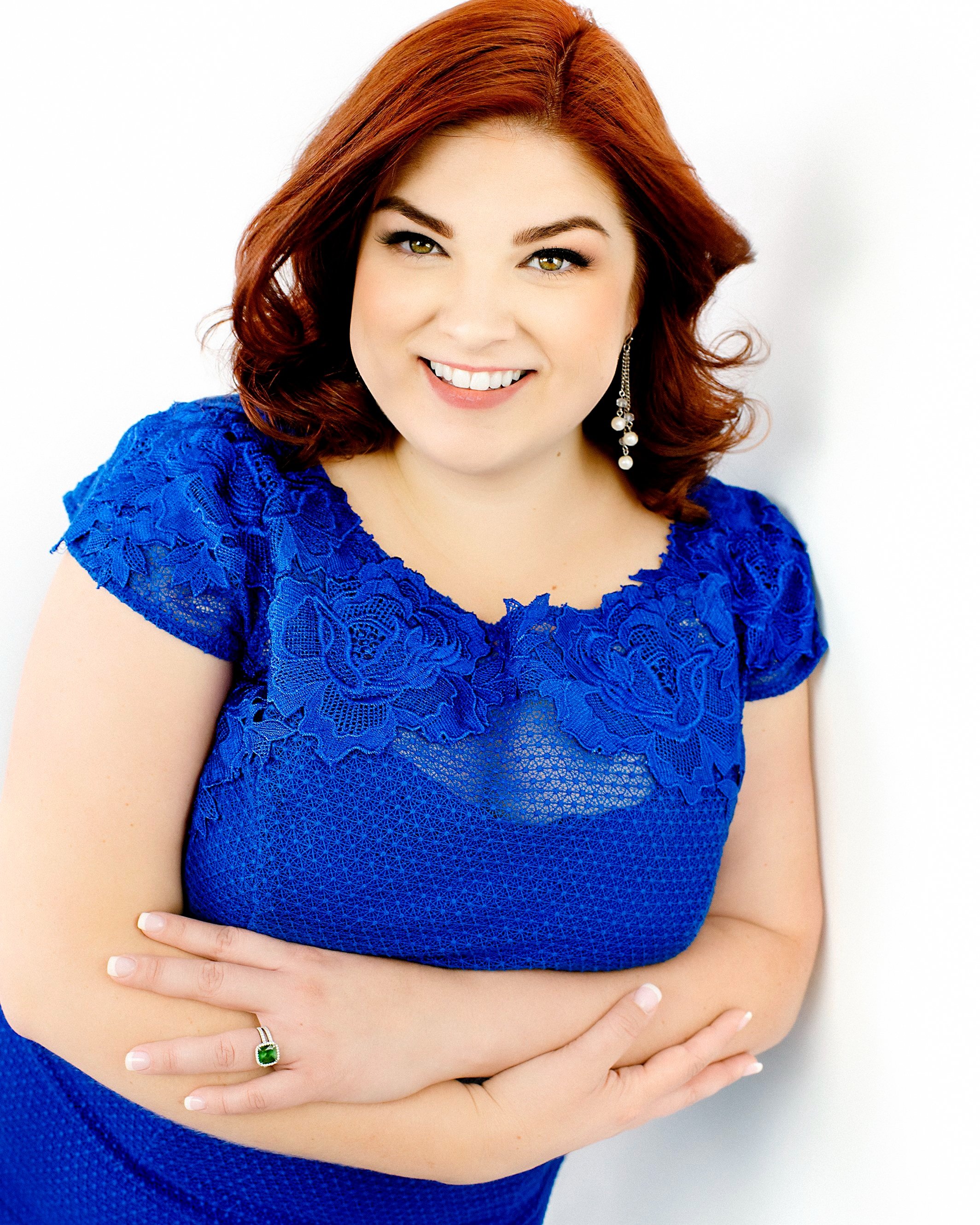Get out of your own way.
Looking outside Brain Science.
In Episode 2 of Looking Outside we’re joined by the super smart behavioral economist, author, speaker and CEO and Founder of The Brainy Business, Melina Palmer. We’re looking outside Brain Science.
Together Jo and Melina discuss how better understanding the scientific workings of the human brain can unlock not just a business competitive advantage but help you better understand yourself. We explore how our human brain has a bias for predictability, for what’s comfortable, of following the success path of others and the skills we should train within ourselves to push beyond the familiar or the socially predictive.
We’re still working the human brain out but already there is a lot we can leverage from what brain science has told us. But with 35,000 decisions made every day an essential ingredient to brain science is art and creativity (so you can throw darts where your competitors are throwing noodles).
Jo’s take.
We think we know ourselves pretty well, and at the same time we admit we don’t know that much. We’re still learning who we are, how our minds work, why we fall into predictable habits we can’t seem to break out of. Why we disrupt, sometimes destroy, our own goals. Why in the world would we then assume we know our consumer inside and out?
Behavioral science – the psychology of human beings that tells us why they do what they do – is such a familiar concept in business. We talk about breaking the consumer down to specific segment based on where they live or how they show, or on psychographics based on what they claim to believe in. We think of ourselves as these clever behavioral nudgers, these influencers of brand love, sometimes we feel like therapists digging into human needs and feelings. Ultimately we do that to nudge to an action, to create a behavior and that behavior is advocating for our brand, of signing up to work at our business, of buying our product. Our intentions are not pure. So it’s no wonder we take short cuts. We look for easy patterns of behavior to point to and say, ‘THIS is who will buy my brand’. We pull out a data point here, a quote there, from a range of complex scientific studies to prove our point.
But the point we miss is that we are still learning about the human brain. Melina said it so well; we are still trying to work this thing out. So partnering with academics digging into this every day, looking across to other categories to see the similarities, studying other fields of science that dig into human behavior - neuroscience, psychology, economics, biology, sociology, anthropology, psychiatry, political science and law even - can help us create a more robust view of the human we’re trying to understand.
This might be a challenge; switching our brains into some of those areas (particularly if it’s not something familiar to us) may well feel intuitively “wrong” as Melina said, but ultimately we do it to be better for it. We veer off predictable pathways set by familiar footsteps not just to be different and to see something differently, we do it to get our of our own way. Because often we are the ones that set ourselves back.
5 ways Melina looks outside brain science (& understanding human behavior).
1 | Don’t assume you know how a person will respond.
There's a lot of you know, throwing noodles at the wall and hoping they're going to stick and going off of your gut instinct of, you know, ‘I bet this will work’, or ‘we really think this’. When we understand the rules of the brain, it becomes a lot easier. Properly understood and applied behavioral economics allows you to throw darts while your competition is still throwing noodles.
2 | Start by breaking down and understanding the big moments.
The context is changing. That is really important as you develop those interventions, and that's a lot of that art. You need the foundational knowledge of all the science and how things work together to be able to have that artistic approach of how you apply it. But the average person, we make 35,000 decisions every single day and a lot of them are these little micro moments. These little tiny decisions. So you have to be thinking about those small decisions and where you can find your nudge-able moments in there.
3 | Predictable footsteps lead us to predictable locations.
The subconscious likes predictability. It likes to know what's coming and have a rule. We also have status quo bias. We want to say ‘if this then that, I got a rule for that and I don't need to bother, we just go go go’. And so we have a bias for things that have worked for ourselves or for others because it feels safe. We're a herding species and so we say, ‘Well, other people have been successful by doing this, so if I do that I will be too. They've already tested it.’ I When we are uncertain about something, when it's new territory, we're also much more likely to herd than when we're confident and we've been somewhere for a long time.
4 | Feeling uncomfortable (at first) is normal.
You have to get out of the herd in order to be seen so that you can then create your own herd of people that are going to follow you. In order to have people that can find you, you have to stand out, which means you have to get a little bit uncomfortable and do something no one else has been doing. Finding something that you want to do and just going all-in on it and and trying it out. And know that even if it feels scary or uncomfortable, it doesn't mean it's wrong because your brain is wired to like to feel safe with that status quo.
5 | Don’t limit your exposure.
I work with all sorts of organizations. From tech to banking to entrepreneurs all across the board. And so having that differing perspective of not saying, ‘I only work with X type of company’ means I might be able to pull something from a veterinarian I've worked with and say, ‘Wow, you know this real applies to your products with candy bars’. It may not seem like it would, you know, but it can.
About Melina.
Melina Palmer is Founder and CEO of The Brainy Business, which provides behavioral economics consulting to businesses of all sizes from around the world.
Her podcast, The Brainy Business: Understanding the Psychology of Why People Buy, has downloads in over 170 countries and is used as a resource for teaching applied behavioral economics for many universities and businesses.
Melina holds a bachelor’s degree in business administration: marketing and master’s in behavioral economics. A proud member of the Global Association of Applied Behavioral Scientists, Melina has contributed research to the Association for Consumer Research, Filene Research Institute, and writes the Behavioral Economics & Business column for Inc Magazine. She teaches applied behavioral economics through the Texas A&M Human Behavior Lab and her first book, What Your Customer Wants and Can’t Tell You, published in May 2021.
Find out more about The Brainy Business at https://www.thebrainybusiness.com or on Facebook, Instagram, Twitter and YouTube.
Grab a copy of Melina’s book What your customer wants and can’t tell you.

